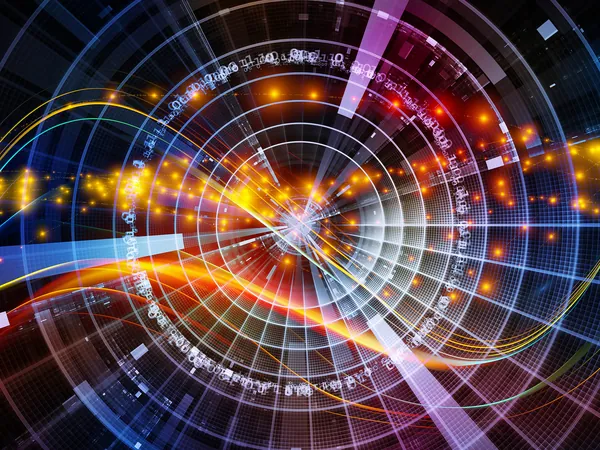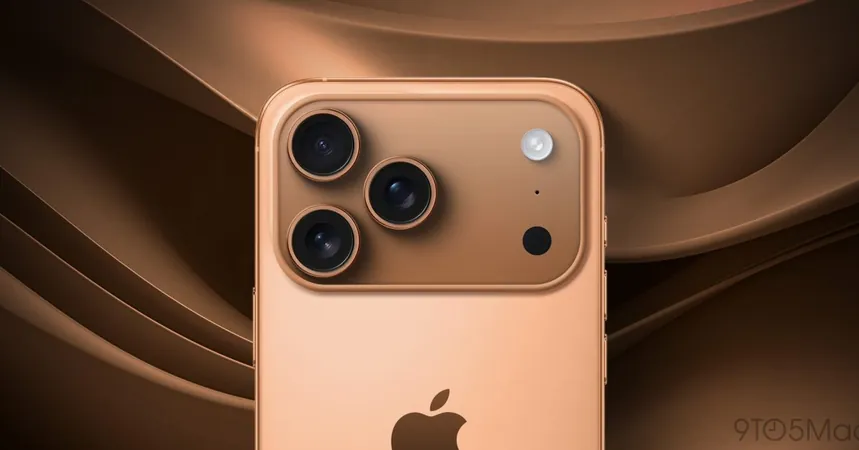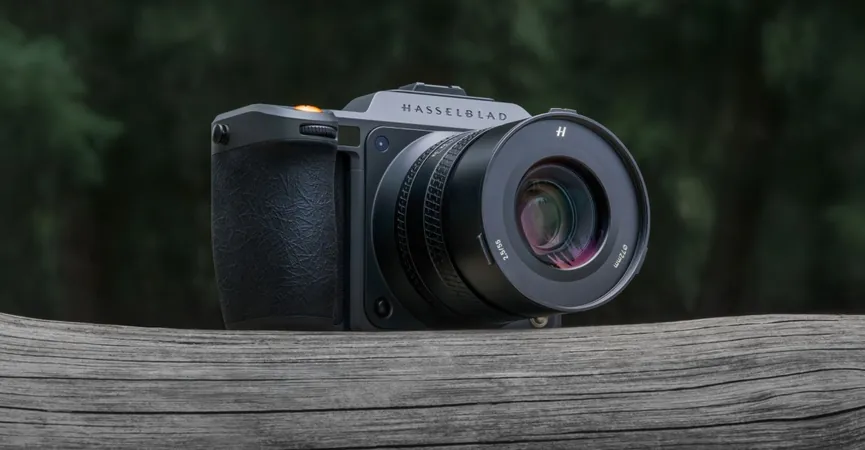
Revolutionary Quantum Experiment Aims to Unite Einstein’s Theories with a Quantum Internet
2025-07-23
Author: Wai
A Groundbreaking Experiment in Physics
For over a century, physicists have been split between two powerful theories: quantum mechanics, which brilliantly explains the atomic world, and Einstein’s general relativity, which controls the grand dance of planets and stars within the fabric of space-time. Despite their individual accuracy, these frameworks have never been reconciled into a single equation.
The Quantum Clock Proposal
Now, an ambitious proposal emerges, aiming to bridge this gap by utilizing a trio of ultrafine atomic clocks—enabled by emerging quantum internet technology—positioned along a mountainside. This groundbreaking experiment seeks to observe quantum superpositions as they traversed Earth’s warped space-time, testing if these two colossal theories can coexist.
Meet the Visionaries Behind the Idea
The innovative concept comes from a collaborative team: Igor Pikovski from Stevens Institute of Technology, Jacob Covey from the University of Illinois Urbana-Champaign, and Johannes Borregaard from Harvard University. Their research paper, titled “Probing Curved Spacetime with a Distributed Atomic Processor Clock,” was recently published in PRX Quantum. According to Pikovski, 'The interplay between quantum theory and gravity remains one of today’s most captivating challenges, and quantum networks offer a fresh avenue for experimental exploration.'
Atomic Clocks as Quantum Probes
Atomic clocks, crucial for GPS technology, function by the precise absorption and emission of light from atoms like ytterbium-171—losing only a second every billion years. In this experiment, positioned at varying elevations, these clocks will experience slight variations in time due to gravitational effects, with the top clock ticking a fraction faster than its counterpart at the base.
Harnessing Quantum Entanglement
To maintain cohesion, the clocks will operate as a single quantum device through a resilient entangled W-state. This allows them to withstand disturbances, ensuring that if one clock has a malfunction, the overall integrity of the system is preserved. Additionally, this entanglement enables instant teleportation of timing data across the mountain, meaning physical equipment won't need to traverse the slope.
Interference Patterns and Reality Check
As these entangled clocks operate, the resulting interference pattern will display distinct beats indicative of time differences influenced by altitude, as well as the effects of quantum superposition and curved space-time. If either quantum mechanics or relativity fails to describe this reality accurately, we could witness unexpected results.
Preparing for New Discoveries
This experiment not only stands as a proof of principle but could also affirm or challenge long-held quantum assumptions. Could gravity alter quantum mechanics? The results may hint at revolutionary insights into how these two realms interact, possibly opening a pathway to new physics.
Quantum Internet: The Future is Now
Remarkably, the technology developed for this experiment dovetails with upcoming quantum internet infrastructure. The same methods used for clock synchronization will assist in creating secure quantum data channels in future networks. Thus, this innovative research significantly enriches both technology and fundamental science, paving the way for a dual leap forward.
Engineering the Future of Quantum Technology
While challenges remain, such as ensuring minimal entropy loss during entanglement transmission and maintaining extremely low temperatures for the atoms, the objectives lie within current technological capabilities. Success in this experiment may bring these two distinct theories closer together, or unleash a quest into the uncharted territories of the universe, redefining our understanding of reality.
What Lies Ahead?
Whether the experiment corroborates existing theories or reveals surprises, the implications are profound. Future projects could expand these findings into astronomical realms, testing clock entanglement near massive bodies in deep space. The results may not only refine Earthly experiments but also set the stage for cosmic explorations.
This groundbreaking study shines a light on the future of quantum research, hinting at unimagined possibilities awaiting us in both the quantum domain and the tapestry of the cosmos.



 Brasil (PT)
Brasil (PT)
 Canada (EN)
Canada (EN)
 Chile (ES)
Chile (ES)
 Česko (CS)
Česko (CS)
 대한민국 (KO)
대한민국 (KO)
 España (ES)
España (ES)
 France (FR)
France (FR)
 Hong Kong (EN)
Hong Kong (EN)
 Italia (IT)
Italia (IT)
 日本 (JA)
日本 (JA)
 Magyarország (HU)
Magyarország (HU)
 Norge (NO)
Norge (NO)
 Polska (PL)
Polska (PL)
 Schweiz (DE)
Schweiz (DE)
 Singapore (EN)
Singapore (EN)
 Sverige (SV)
Sverige (SV)
 Suomi (FI)
Suomi (FI)
 Türkiye (TR)
Türkiye (TR)
 الإمارات العربية المتحدة (AR)
الإمارات العربية المتحدة (AR)